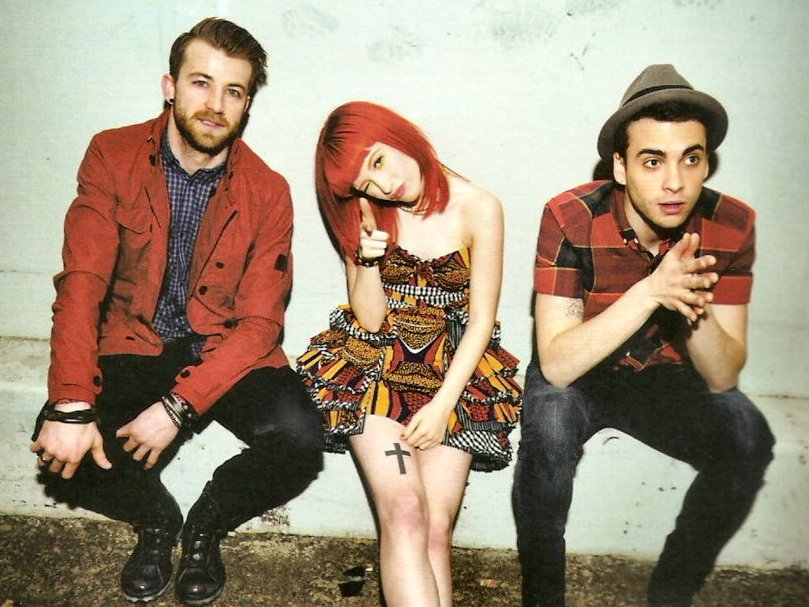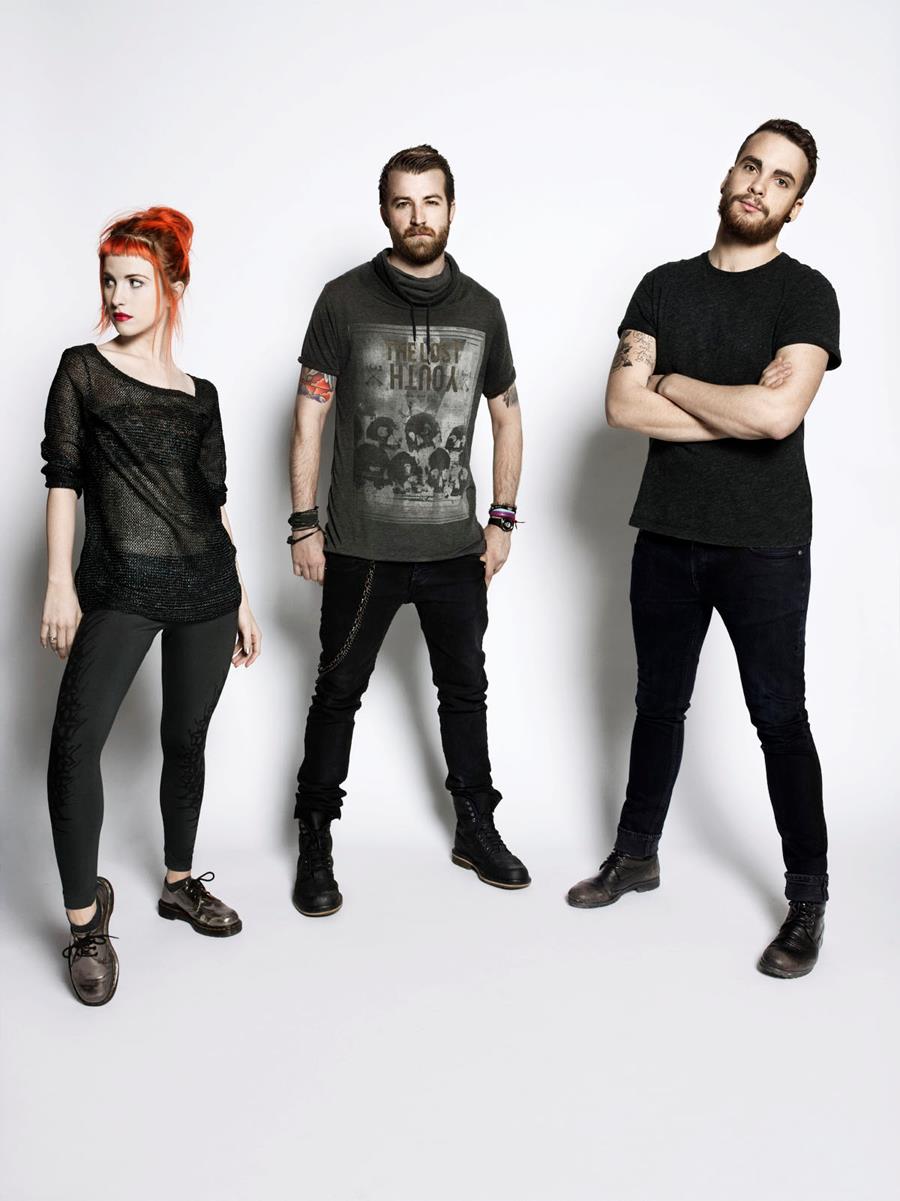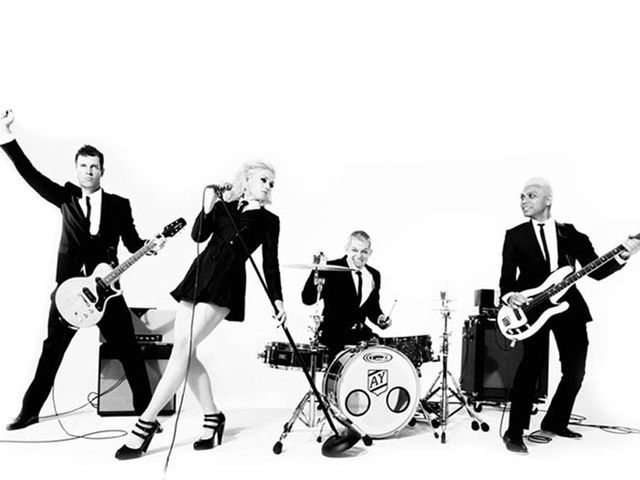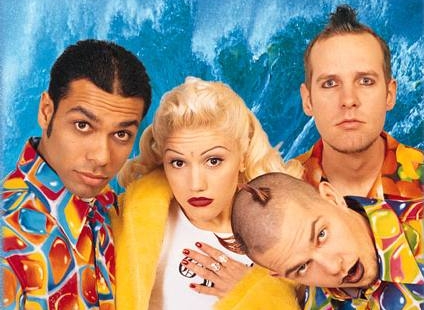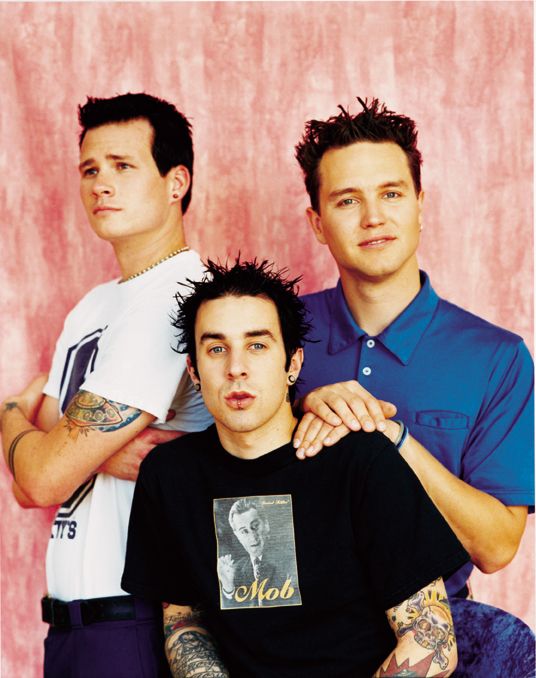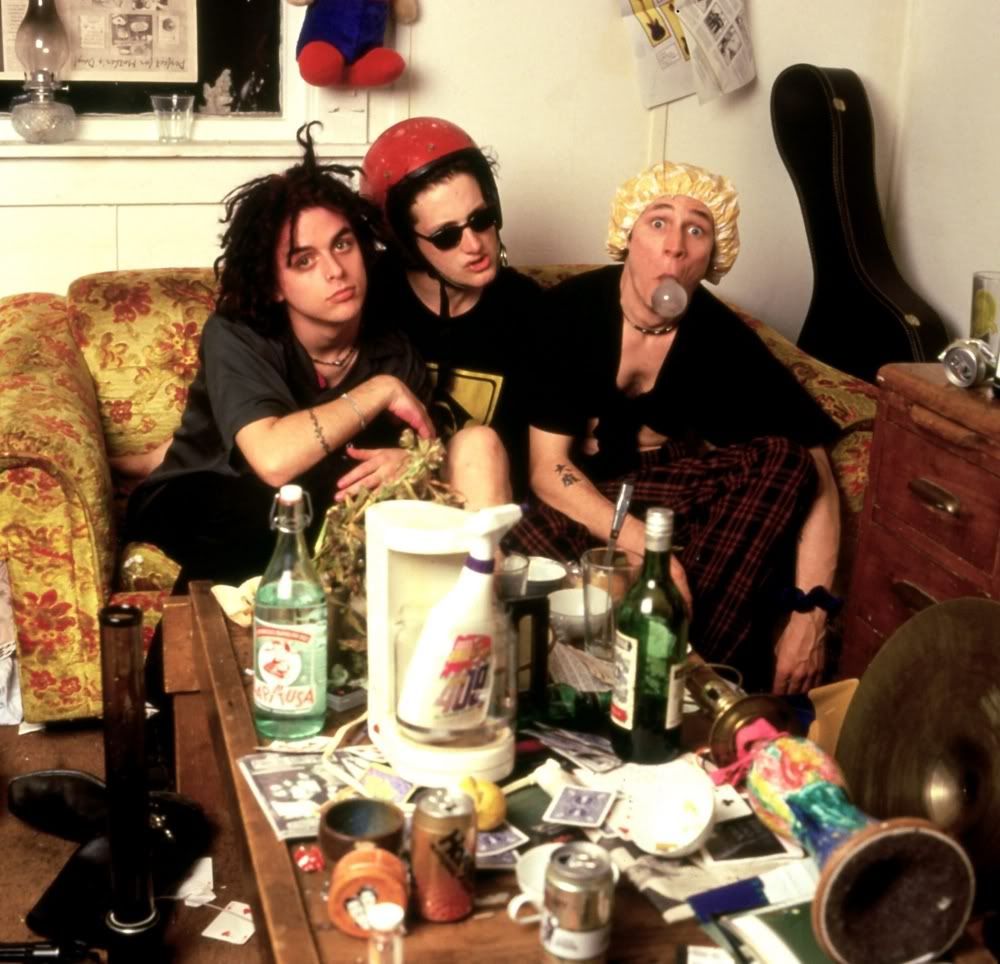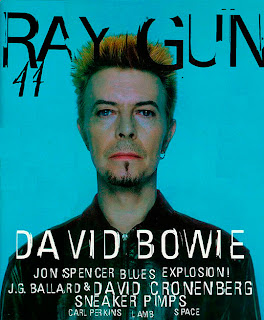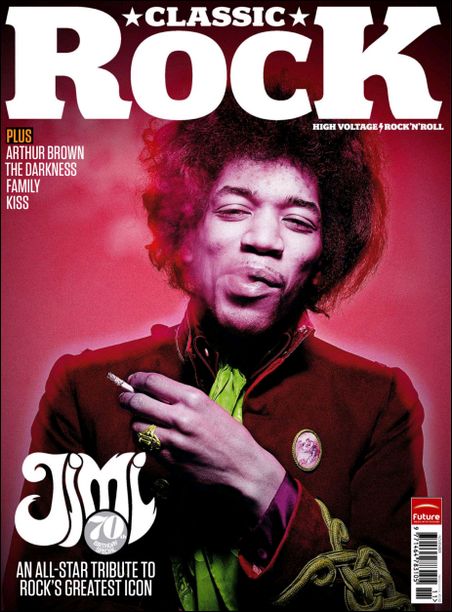My magazine is aimed at both the male and female gender, and as my chosen genre is different kinds of rock music, particularly punk and alternative, although sometimes crossing over into heavy metal. I have chosen to focus on a slightly varied age-range of about 15-30, as my magazine will attract a young, coming-of-age audience, but also slightly older audience who are still trying to cling onto their reckless, teenage years.
Here are a few examples of the types of people I will be aiming my magazine at:
Amy
Amy is 17 years old and is studying English Literature, Drama and Media Studies at A Level. There is not a day goes by when Green Day's 'Minority' doesn't blast through her eardrums, infecting her brain with ambitious thoughts, to say the least, as she desperately awaits the day she finally gets to meet the main man himself, Billie Joe Armstrong. Despite her need to be the 'minority', Amy is typical of most teenagers, and does not know who she wants to be, nor does she criticise anybody else's views, and is forever experimenting with her sense of style, mixing all kinds of fashions until she is confident in herself. Although, she is recently edging her way towards the punk rock scene, and has made it her goal to attend as many gigs this year as she possibly can (providing they involve bands who express themselves with hardcore guitars only). Kerrang! is her bible, and she hopes to someday work her way towards the position of chief editor. She spends more time at her friends' houses than she does at home, because her parents would kill her if they found out she'd been spending all of her allowance on cheap booze and cigarettes. You will currently see her wearing: a pair of bright, skinny jeans and a band top, finished off with a pair of converse, brighter hair than Hayley Williams and a hell of a lot of eyeliner.
Jack
Jack is 26 years old, a keen photographer, and almost exclusively wears only black. He hates being stereotyped as 'emo', as he believes that these kinds of people 'don't appreciate true metal at all and give the rest of our generation a bad name'. Despite his reluctance to being classed as listening to any music with elements of pop, his guilty pleasures include Fall Out Boy and blink-182, though generally he sticks to classic metal bands such as Metallica and Pantera. Desperately trying to get his photos published in Metal Hammer or Q magazine, he attends gigs on a weekly basis, sometimes even two in one night, to take the best possible shots of a wide variety of bands. Until his rise to fame escalates, however, he is content with posting his work on his well-credited photography website, as well as occasionally writing articles about the bands he sees, whilst working part time at the local book store and offering his services at lame high school discos, meet & greets and book signings. He plays guitar in his spare time, but doesn't feel obliged to start a band until he can 'match up to Jimi Hendrix'.


















